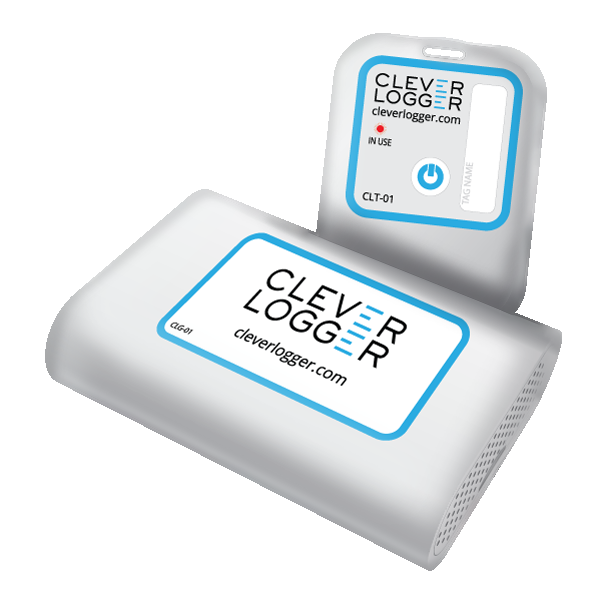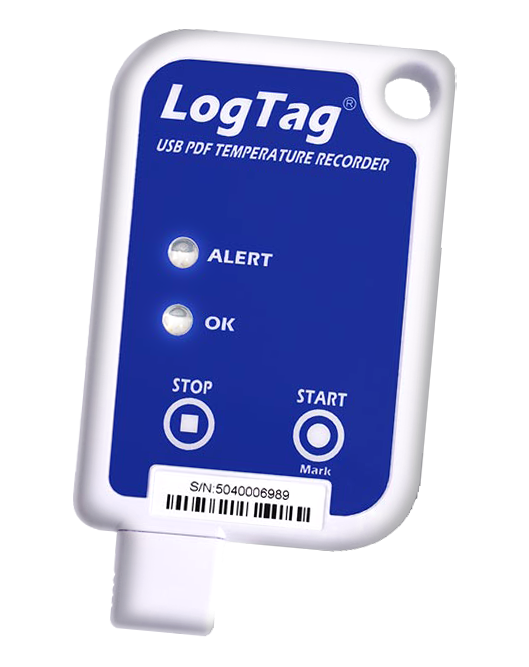Danger Zone
Food safety and temperature
Food safety regulations outlined in the Australian & New Zealand Food Standards Code, If your business involves dealing with potentially hazardous foods, whether in receiving, storing, processing, or transporting, then you must be able to prove that you have not exposed the food to this critical “Danger Zone” temperature range for too long.
No, we aren’t talking about Kenny Loggins.
This ‘Danger Zone,’ is the pivotal range between 5°C and 60°C where micro-biological activity comes to the forefront. Think of it as a hotspot for potential culinary challenges, where microorganisms find favourable conditions. On the other hand, cooling things down to below 5°C is a strategic move, a methodical step to slow down microbial growth. Heating food above 60°C will kill most microorganisms. It will not, however, remove the toxins that may have been introduced. Cooling food to below 5°C will almost stop the growth of microorganisms.
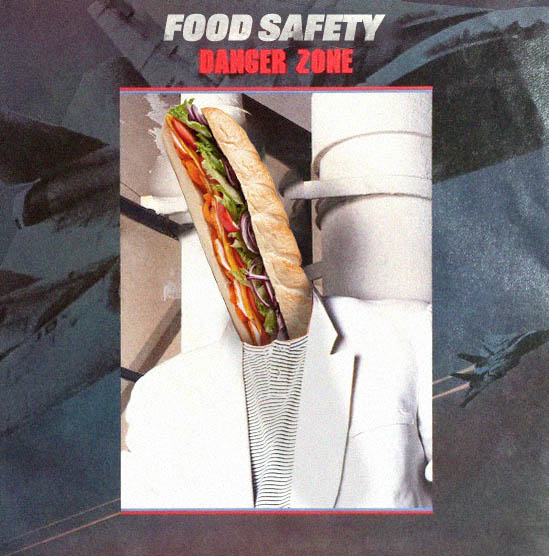

What is defined as "potentially hazardous" food?
Any food that may contain bacteria leading to food poisoning is classified as ‘potentially hazardous.’ This category encompasses a range of items, including meat, dairy products, seafood, processed fruits and vegetables (including salads), cooked rice and pasta, foods containing eggs, nuts, and other protein-rich foods, and items that incorporate these ingredients (e.g., sandwiches).
“A food business must, when storing potentially hazardous food, store it under temperature control. Australian & New Zealand Food Standards Code 3.2.2, Division 3, 6.2“
Time, Temperature, Food & You
Food faces the danger zone, but the key is to minimize exposure time. This affects different stages.
PlaceHolder
Receiving Food
When receiving hot, cold, or frozen items, ensure they meet the required temperature. If outside the range, rejecting the shipment is advised as it’s unclear how long it’s been exposed to incorrect temperatures. Exceptions may apply if the food has travelled a short distance and was appropriately stored by the sender (seek additional advice).
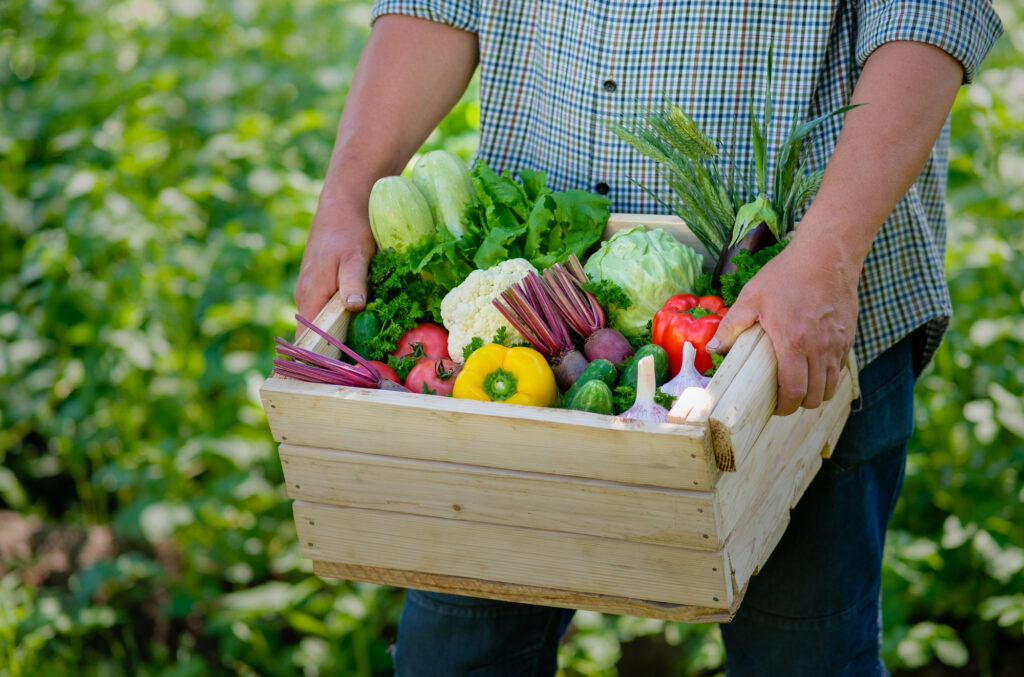
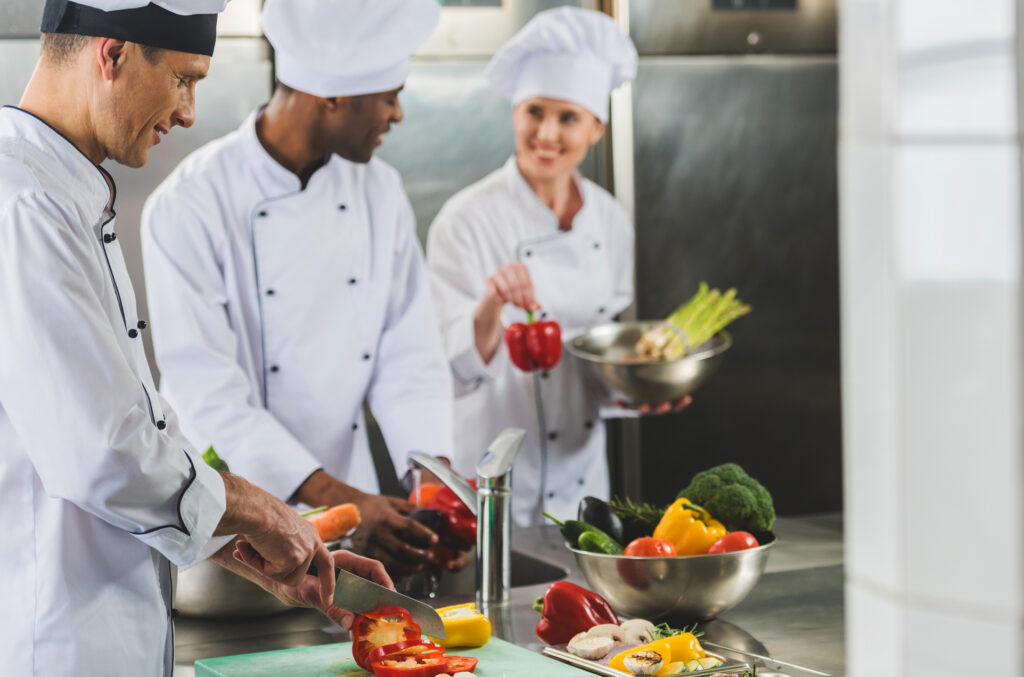
PlaceHolder
Preparing Food
Proper food handling, maintaining clean surfaces, personal hygiene, and a sanitised environment are fundamental to food safety. Consider the duration of food exposure to room temperature. A helpful practice is to remove small quantities of food from the fridge at a time and promptly return them.
PlaceHolder
Cooling Food
Cooling food follows specific standards that outline maximum allowable time frames for temperature reduction:
- from 60°C to below 20°C within 2 hours
- from 20°C to below 5°C within 4 hours
Container shape and size are critical factors in meeting these guidelines; opting for smaller containers and flat shapes is recommended over large or square block shapes. Slicing large meat chunks into smaller portions can also aid in efficient cooling. It’s important to note that achieving these time frames may be impossible if the fridge temperature is already at 5°C or higher; the fridge must be cooler than 5°C for the food to drop below 5°C in the specified time. Additionally, using an accurate HACCP-compliant thermometer (with an accuracy of 1°C or better) is essential.
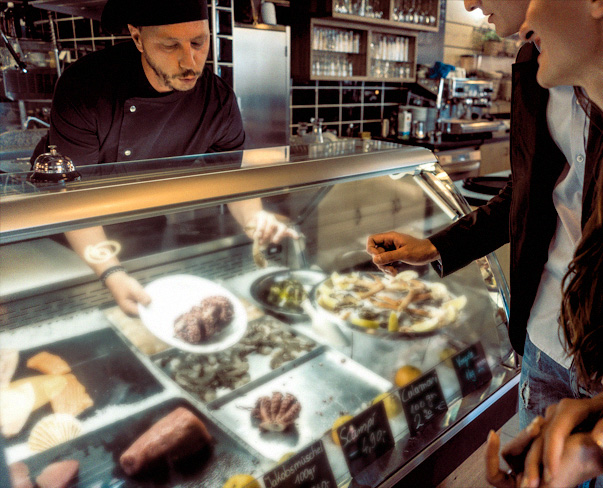
For effective monitoring and auditing of food storage conditions, a temperature logger proves to be a quick and simple tool to ensure the constant operational status of fridges and freezers.
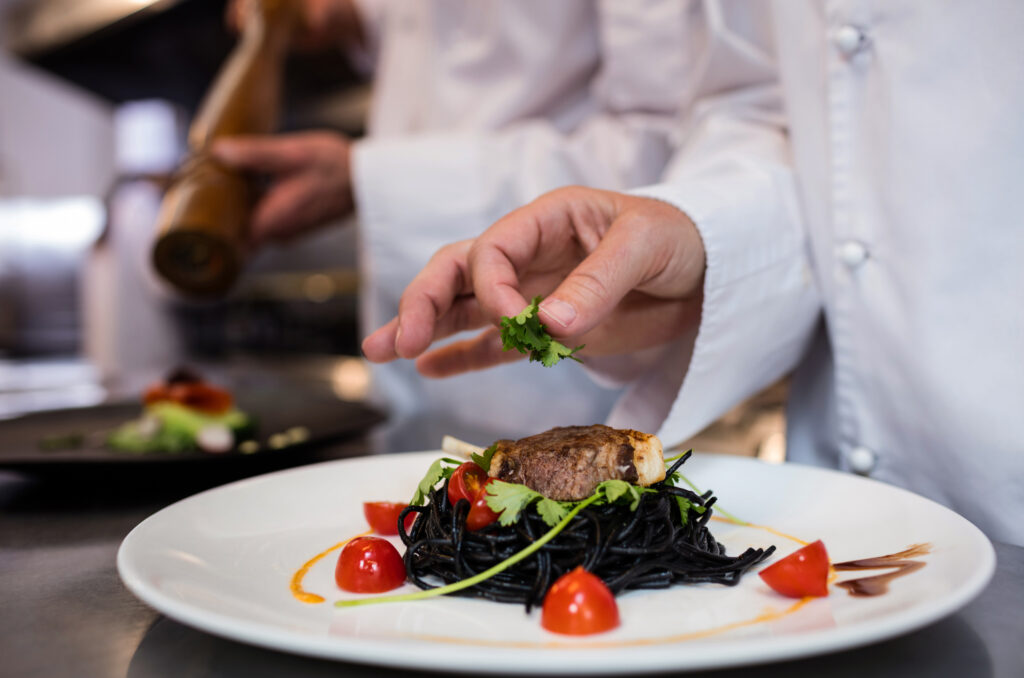
PlaceHolder
Serving Food
When serving food in the temperature range of 5°C to 60°C (e.g., at room temperature), warm it up as close to the serving time as possible. Implement procedures that provide clarity on when the food was brought out, facilitating a systematic approach to serving.
Placeholder
Ways to Monitor Temperature
There are a wide range of thermometers. Some of these include:
- Probe
- Thermometers
- Min/ Max Thermometers
- Infra-red Gun
Every kitchen needs a probe thermometer to monitor the temperature inside dishes. Infra-red guns make it very easy to measure external temperatures but don’t necessarily provide an accurate indication of the internal temperature.
A food business must, at food premises where potentially hazardous food is handled, have a temperature measuring device that is readily accessible and can accurately measure the temperature of potentially hazardous food to +/- 1ºC.
Australian & New Zealand Food Standards Code 3.2.2, Division 6, 22
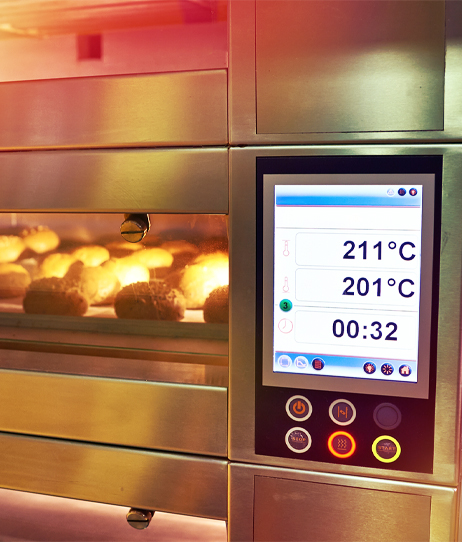
Thermometers should be strategically placed wherever potentially hazardous foods are stored. For a hassle-free and automated approach with readings automatically recorded, consider the use of temperature loggers. This not only saves time and effort but also serves as an independent and reliable auditor. When purchasing thermometers or temperature loggers, ensure they are HACCP compliant. This compliance necessitates an accuracy better than 1°C. If the accuracy is not clearly stated on the packaging, the product is not HACCP compliant.
Placeholder
Recommended Temperature Loggers
Recommended Temperature Loggers
- No manual downloading
- Reports emailed automatically to your inbox
- Alarms straight to your phone
- Free iOS and Android apps
- Easy setup
- Australian phone support
- No ongoing fees or subscriptions
- Starting at under $300
- Built-in USB port
- Huge memory – nearly 2 months
- Clear and easy-to-read reports and graphs
- PDF reports can be read on any PC or Mac
- Under $150
- Size of 10 cent coin
- Free iOS and Android Apps
- 10 year battery life
- Powerful reporting software
- Starting at $60.00
- Australian phone support
- No ongoing fees or subscriptions
- Starting at under $300
Clever Logger
- No manual downloading
- Reports emailed automatically to your inbox
- Alarms straight to your phone
- Free iOS and Android apps
- Easy setup
- Australian phone support
- No ongoing fees or subscriptions
- Starting at under $300
Log Tag
- Built-in USB port
- Huge memory – nearly 2 months
- Clear and easy-to-read reports and graphs
- PDF reports can be read on any PC or Mac
- Under $150
Thermochron

- Size of 10 cent coin
- Free iOS and Android Apps
- 10 year battery life
- Powerful reporting software
- Starting at $60.00
- Australian phone support
- No ongoing fees or subscriptions
- Starting at under $300
